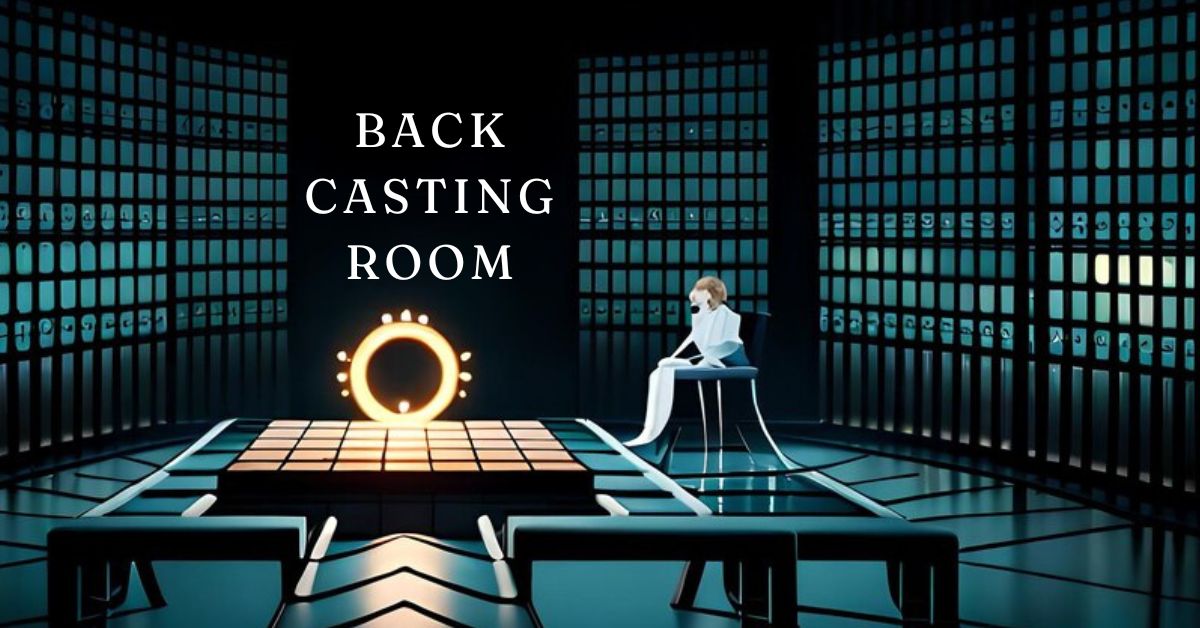When we think of filmmaking or television production, our minds often drift to red carpets, cameras, and big-name actors. However, behind every iconic performance lies a critical but lesser-known space: the back casting room. While not always in the spotlight, this behind-the-scenes area plays a pivotal role in shaping the visual and emotional integrity of any production.
What Is a Back Casting Room?
The term “back casting room” may vary slightly in usage depending on the studio or production house, but in general, it refers to a private, secluded area where casting decisions are reviewed, auditions are rewatched, and final talent selections are often made. It typically functions as an auxiliary space to the main casting room or audition studio, providing a quiet, focused environment for decision-makers to evaluate talent.
Think of it as the war room of casting directors — a place away from the lights, where critical discussions about who best fits a role take place.
Core Functions of a Back Casting Room
1. Talent Review and Analysis
After initial auditions are recorded in the main casting area, the footage is often transferred to the back casting room. Here, casting directors, producers, and sometimes even directors sit down to analyze performance nuances — tone, timing, emotional range, and on-screen chemistry.
2. Shortlisting and Final Decisions
Not every actor who auditions makes it to the final round. In the back casting room, professionals create shortlists, compare candidates, and make collaborative decisions. Having a space dedicated to this process ensures objectivity and reduces distractions.
3. Confidentiality and Privacy
The back casting room is also essential for maintaining privacy. Casting can involve sensitive decisions, including contract discussions, callbacks, and handling rejections. This space helps preserve confidentiality away from the often-crowded front-end studio spaces.
4. Technical Setup and Playback
Equipped with high-quality monitors, speakers, and playback equipment, the room allows detailed review of audition tapes in various lighting, sound, and resolution conditions. This ensures that decisions are made not just on instinct but also on professional, technical standards.
Why Is It Called “Back” Casting Room?
The “back” in the back casting room isn’t just physical; it’s metaphorical. It represents the reflective stage of casting — the step where professionals “look back” at auditions before moving forward with a decision. It’s also typically located behind or adjacent to the main audition area, giving it a literal and symbolic identity.
Role in Modern Casting Studios
In today’s digital age, casting processes are increasingly recorded, archived, and reviewed online. Yet the back casting room remains relevant, especially in major production houses. It is often used for Zoom callbacks, virtual meetings with directors, or group reviews of international talent, merging traditional methods with new technology.
Some modern casting agencies even have dedicated digital back-casting suites, where cloud-based audition reels are accessed and collaboratively assessed across different locations.
Back Casting Room vs. Green Room
While both rooms are tucked behind the scenes, the green room serves talent — it’s where actors wait before auditioning or going on set. The back casting room, on the other hand, serves the production team. It is a decision-making space, not a waiting room.
Importance of Independent and Commercial Productions
For indie filmmakers, the back casting room might be as simple as a separate office or a corner with a laptop and a notepad. But regardless of the budget, the purpose is the same: to think deeply and choose wisely. In high-budget commercial productions, back casting room are often outfitted with the latest tech, including AI-driven casting analytics and biometric feedback tools.
Future of the Back Casting Room
As AI and virtual casting continue to evolve, some speculate that back casting rooms may become entirely digital, allowing teams across the globe to assess talent from a shared virtual interface. However, many industry veterans argue that there is no substitute for in-person collaborative evaluation, making the back casting room an enduring part of the creative process.
Final Thoughts
The back casting room may never be glamorized in movie trailers or behind-the-scenes documentaries, but its importance is undeniable. It is the quiet space where stars are chosen, where raw talent is discussed, and where some of the most crucial creative decisions are made.
In a world obsessed with what happens in front of the camera, the back casting room reminds us that the most powerful choices often happen behind closed doors.
